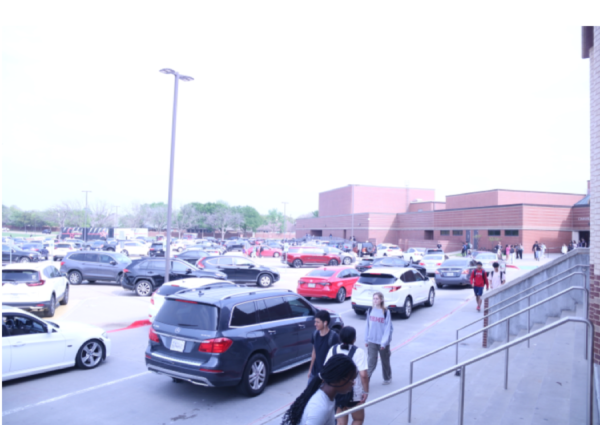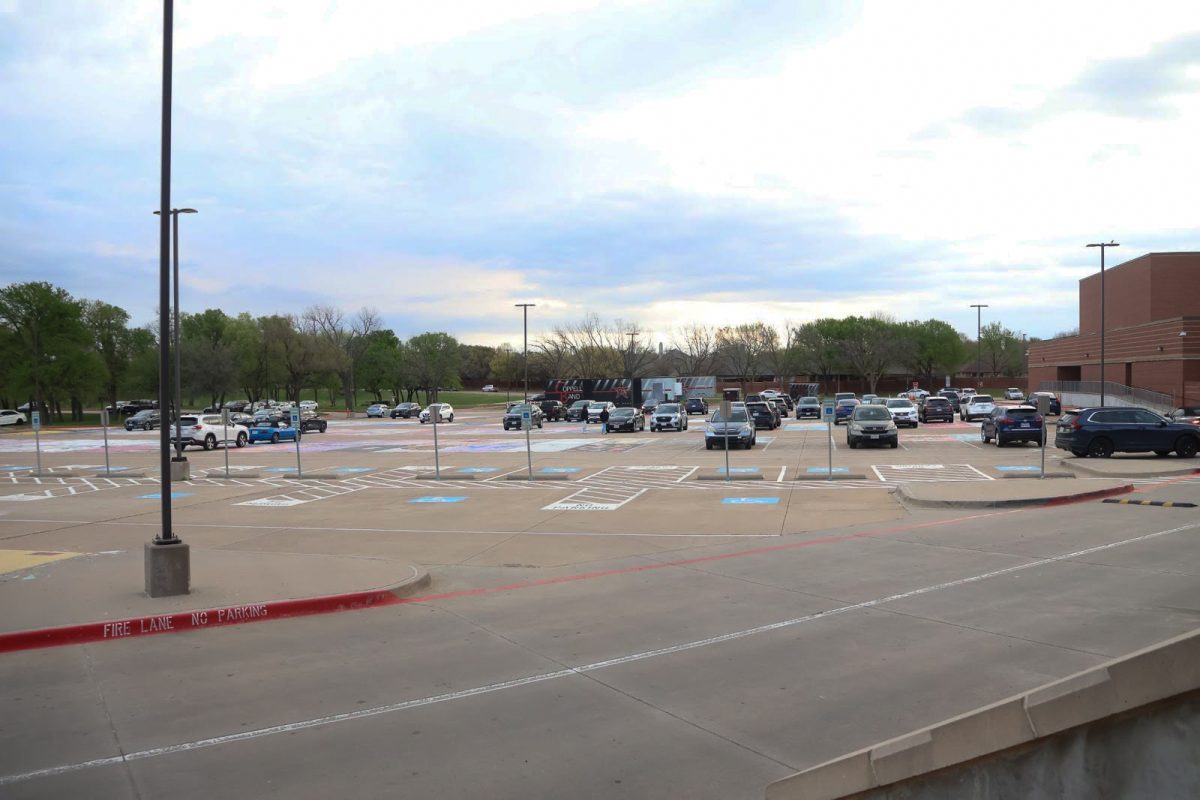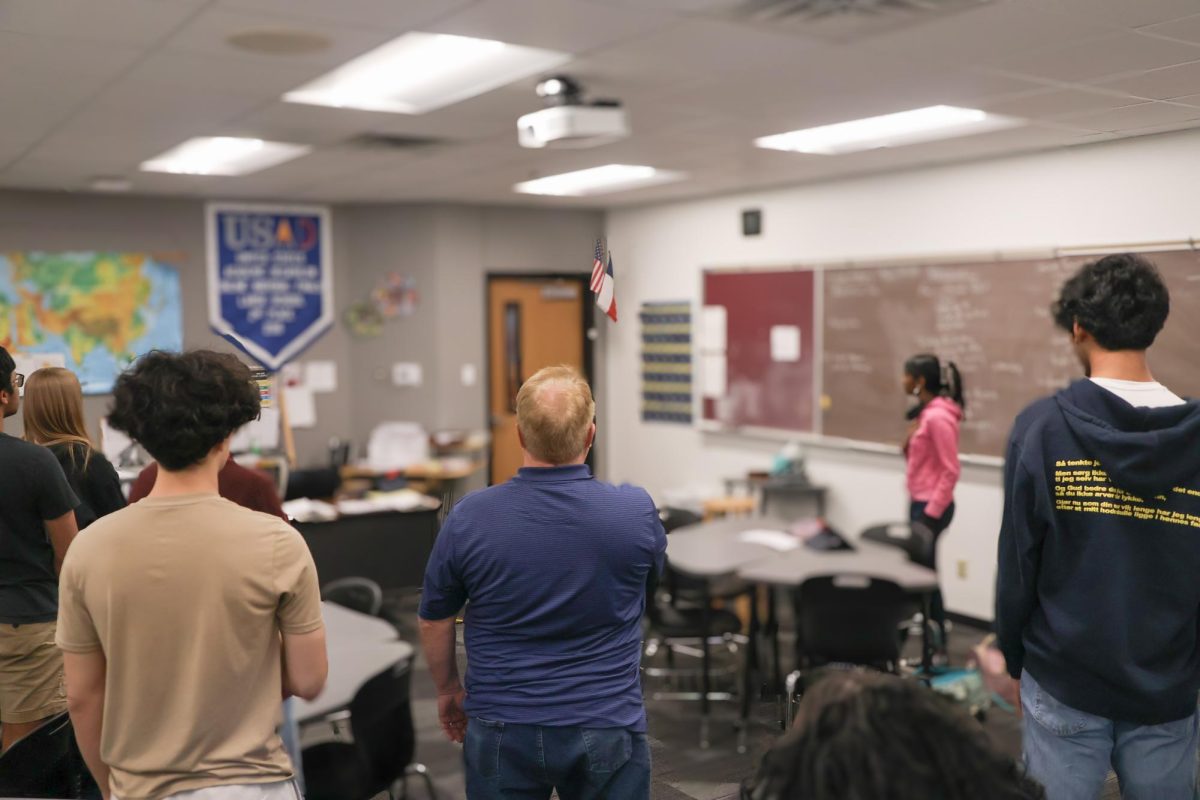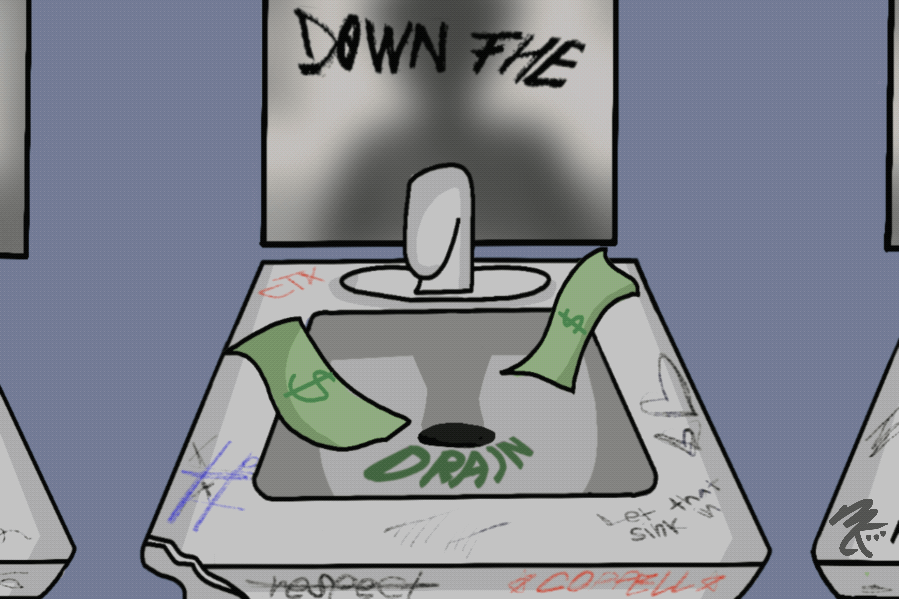What am I doing here?
The question echoed in my head as I sat, stationary, in the Coppell High School parking lot at 4:32 PM. Ten minutes had passed, and my car had barely budged. Parents blocked exits, students darted between vehicles and staff members sat in their cars, trapped behind a wall of congestion.
However, this is not a one-time inconvenience — it is an everyday nightmare.
The CHS pick-up system is fundamentally broken. The parking lot is too small for the sheer number of cars flooding through daily. Between 4:15 and 4:45 p.m., chaos reaches its peak as students, staff and parents all attempt to leave at the same time.
Parents stop in the middle of traffic lanes, forcing seniors who paid for their parking spots to wait indefinitely. Desperate to escape, students take risks, squeezing through gaps and cutting across lanes, leading to near-collisions and confusion. Meanwhile, staff members are left stranded, unable to exit due to the gridlock.
The result? A system that is inefficient, frustrating and, most importantly, unsafe.

One of the biggest obstacles to solving this issue is funding. Coppell ISD faces a $7.5 million budget deficit for the 2024-25 school year. With $27.8 million lost to the state’s recapture system, major infrastructure projects like expanding the parking lot or adding new exits are out of reach. However, just because CHS cannot afford large-scale construction does not mean the problem has to persist. There are simple, low-cost solutions that could dramatically improve the pick-up process.
First, enforcing designated pick-up zones would prevent parents from clogging traffic lanes. Too often, parents ignore existing guidelines, leading to unnecessary standstills. we could get more staff or student volunteers to direct cars to approved areas, ensuring that exits remain clear. As there are already volunteers that guide traffic flow, but not enough to make a major difference. Even small changes, such as adding cones, painted lines, or positioning volunteers better, could make a noticeable difference in traffic flow.
School administrators, student volunteers, or even PTA members could help monitor traffic flow and issue warnings to those who repeatedly block exits or stop in unauthorized areas. People are far more likely to follow the rules when they know someone is watching.
Another effective solution would be staggered dismissal times. Releasing underclassmen five minutes earlier would reduce congestion without causing a major disruption to the school schedule. By the time upperclassmen and staff attempt to leave, a portion of the traffic would have already cleared, allowing for a smoother exit.
A temporary police presence near the north loop could further deter rule-breakers. A Coppell student resource officer stationed at peak dismissal times would discourage parents from stopping in traffic lanes and ensure that the designated pick-up zones are being used correctly. Drivers are likely to follow the rules when there are consequences for ignoring them.
The parking lot should not be a daily test of patience for students, staff and parents. While a large-scale reconstruction may not be an option, CHS does not need one to improve its traffic flow. Minor policy adjustments, better enforcement and increased oversight could transform dismissal into a more efficient and less frustrating process.
Until action is taken, students will continue sitting in their cars, staring at the endless line of brake lights, asking themselves the same question every single day:
“Why is this still a problem?”
Follow @CHSCampusNews on X.












